The resurgence of wolves in parts of the United States has captured the attention of ecologists and nature enthusiasts alike. Once near extinction in many regions, these apex predators reclaim their historic ranges, heralding hope for biodiversity and ecological restoration. In this article, we’ll explore 12 states where wolves are thriving again and delve into the broader implications for ecosystems across America.
12. Montana A Stronghold for Wolves

Montana has emerged as a significant habitat for wolf populations. The state’s vast wilderness and national parks like Glacier offer a conducive environment for these majestic creatures. Wolves here play a crucial role in controlling deer and elk populations, resulting in healthier forests and riparian zones where diverse plant and animal species can thrive.
11. Wyoming Wolves in the Wild West

Wyoming, home to parts of Yellowstone National Park, has seen a remarkable rebound in its wolf populations. The reintroduction of wolves in the late 1990s helped restore natural balance across the park’s ecosystem, with cascading benefits observed in vegetation regrowth and increased species diversity.
10. Idaho A Hub of Biodiversity

Idaho’s rugged landscapes have become a haven for wolves, particularly in the wilderness areas of central Idaho. These predators have helped maintain healthy ungulate populations and have indirectly supported other species, such as beavers and songbirds, by fostering a more balanced ecosystem.
9. Minnesota A Historical Habitat

Minnesota boasts one of the longest-standing populations of wolves in the contiguous United States. Here, wolves have coexisted with humans for decades, maintaining the ecological health of northern forests and contributing to the cultural heritage of indigenous communities who see them as symbols of wild nature.
8. Wisconsin Wolves in the Woodlands
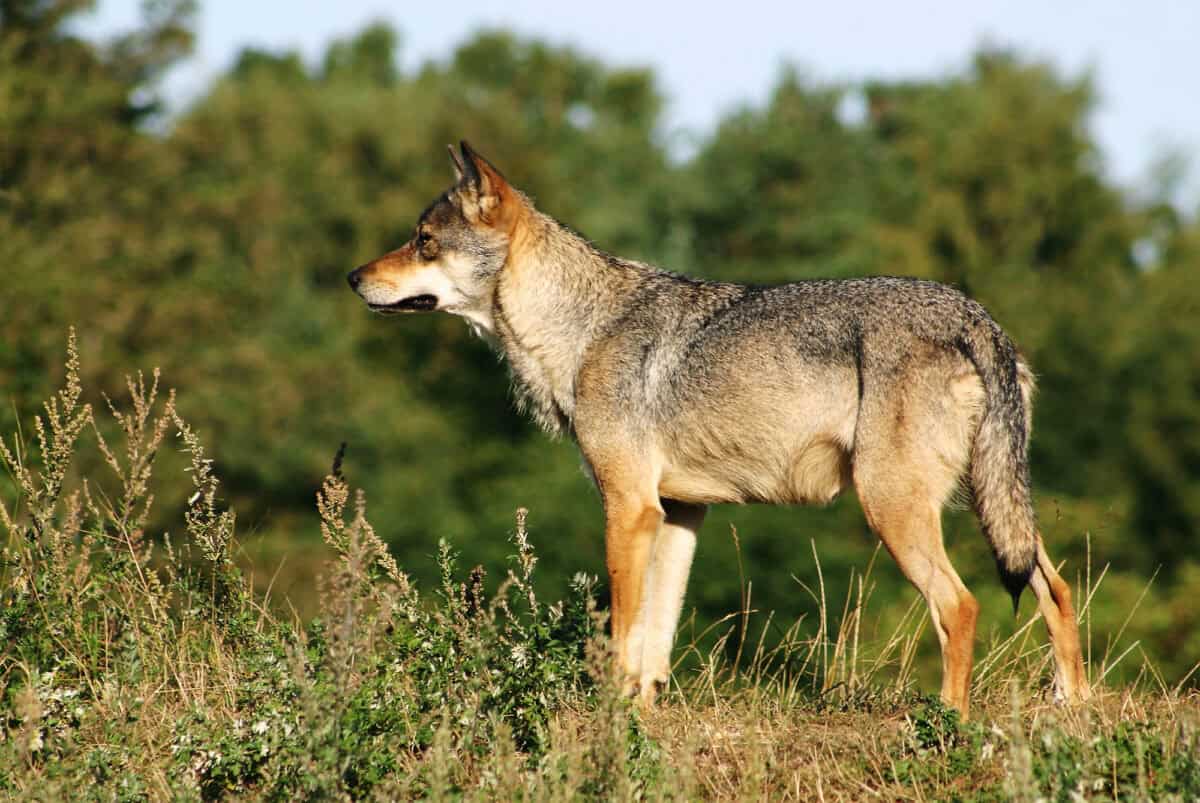
In Wisconsin, wolves are reclaiming territories across the northern terrain. This resurgence enhances the health of forest ecosystems by regulating deer numbers and promoting forest regeneration, which is vital for maintaining biodiversity in the Great Lakes region.
7. Michigan Guardians of the Great Lakes
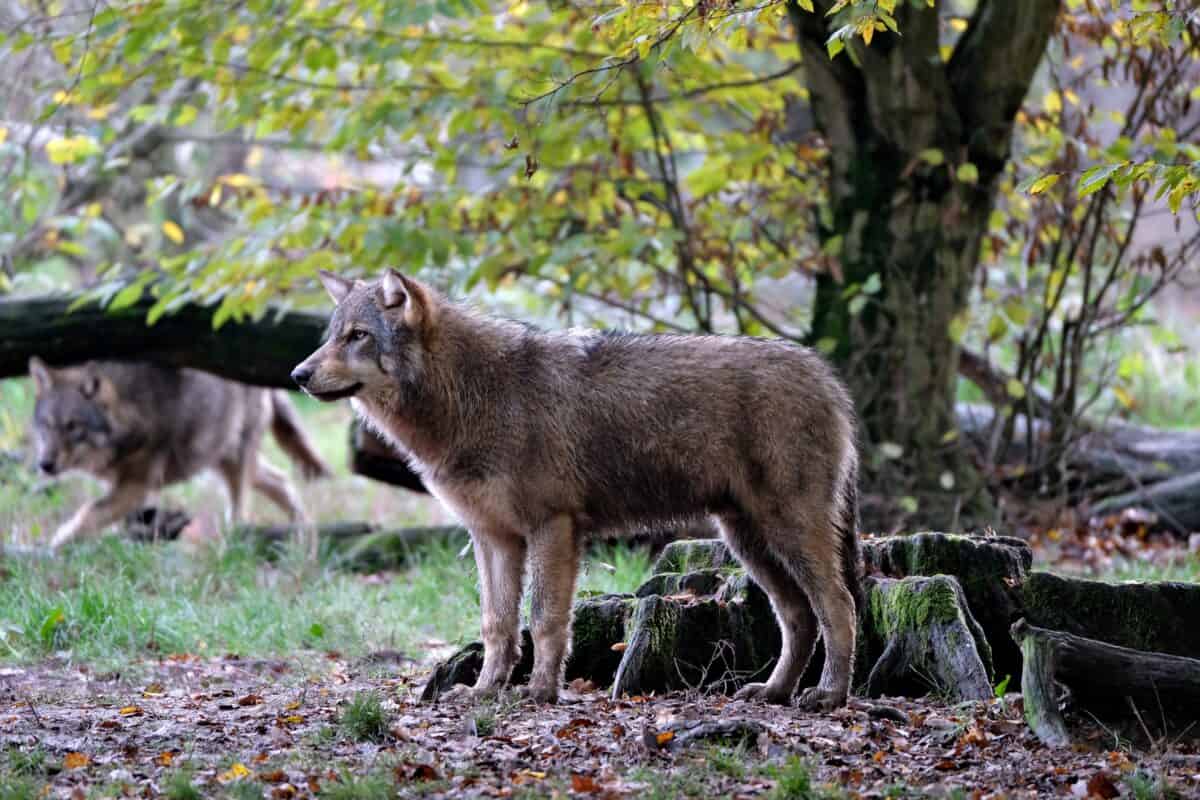
The wolf populations in Michigan, primarily on the Upper Peninsula, are crucial for sustaining the ecological integrity of the Great Lakes ecosystems. They aid in controlling overpopulation of deer, which in turn benefits vegetation growth and reduces the spread of diseases like Lyme disease.
6. Oregon Wilderness Wolves
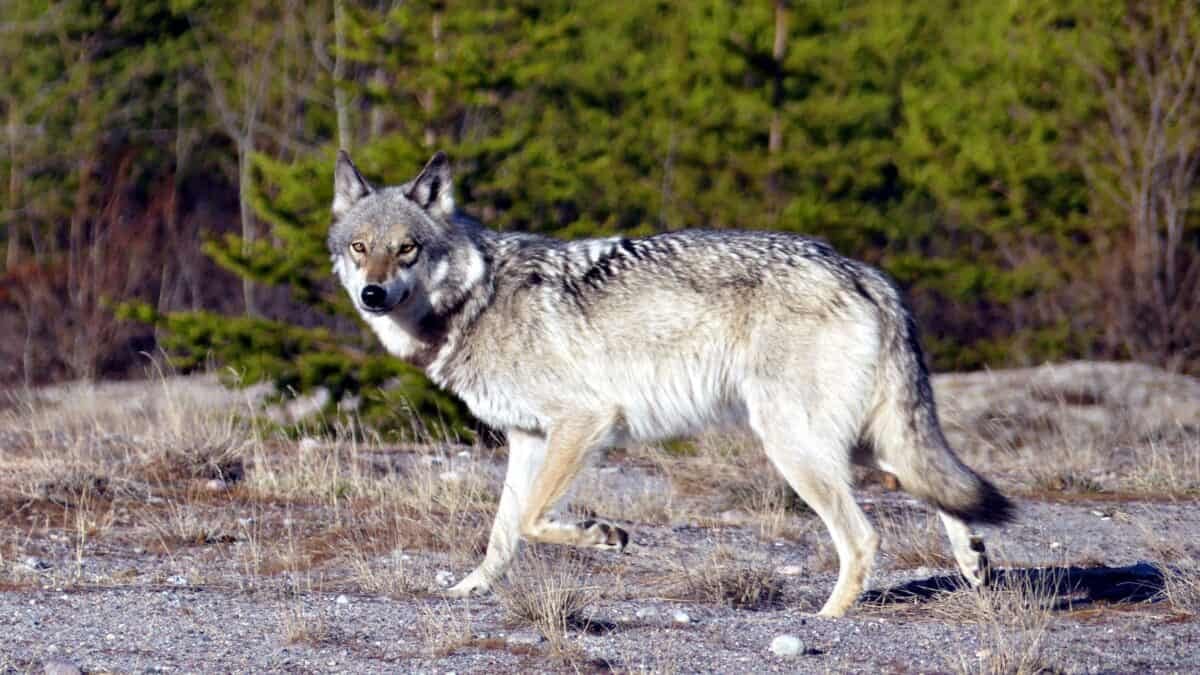
Wolves are making a comeback in Oregon’s remote wilderness areas, helping to balance populations of deer and elk, and promoting the return of robust plant communities. Their presence indicates a broader shift in how the state’s natural resources are managed and perceived.
5. Washington Protecting the Pack

In Washington, wolves are gradually recovering, mainly in the eastern regions. Ecologists observe that they trigger a trophic cascade effect, influencing everything from the behavior of prey species to the composition of vegetation, thus supporting a healthier ecosystem overall.
4. Arizona A Desert Comeback
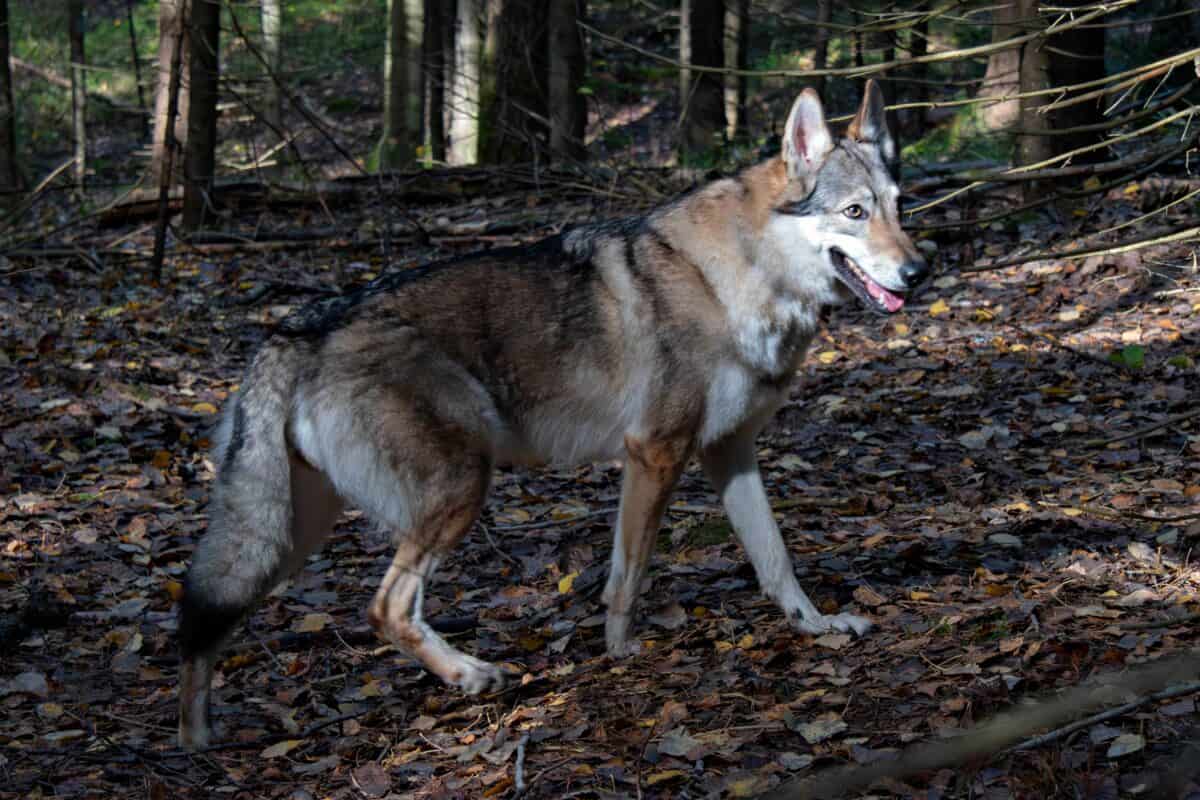
Though less commonly associated with wolves, Arizona is home to a growing population of endangered Mexican gray wolves. In the state’s mountainous and desert landscapes, these wolves are essential for controlling prey species and supporting biological diversity.
3. New Mexico Wolves in the Land of Enchantment

New Mexico shares the responsibility, with Arizona, for the conservation of Mexican gray wolves. Here, restoration projects are underway, illustrating a human effort to balance wildlife needs with agriculture and community interests, offering a model for coexistence across similar habitats.
2. Colorado Wolves Return to the Rockies

Colorado’s recent decision to reintroduce wolves into the wild marks a significant step in returning these predators to the Southern Rockies. This initiative is anticipated to enrich ecological networks, benefiting biodiversity and restoring natural processes that have long been absent.
1. California: A Sign of Hope

Wolves returning to California after a century away are seen as a hopeful sign for conservationists. Despite being in their early stages of reestablishment, their increasing presence indicates potential ecological benefits, such as improved forest and grassland health through the management of prey species.
Conclusion
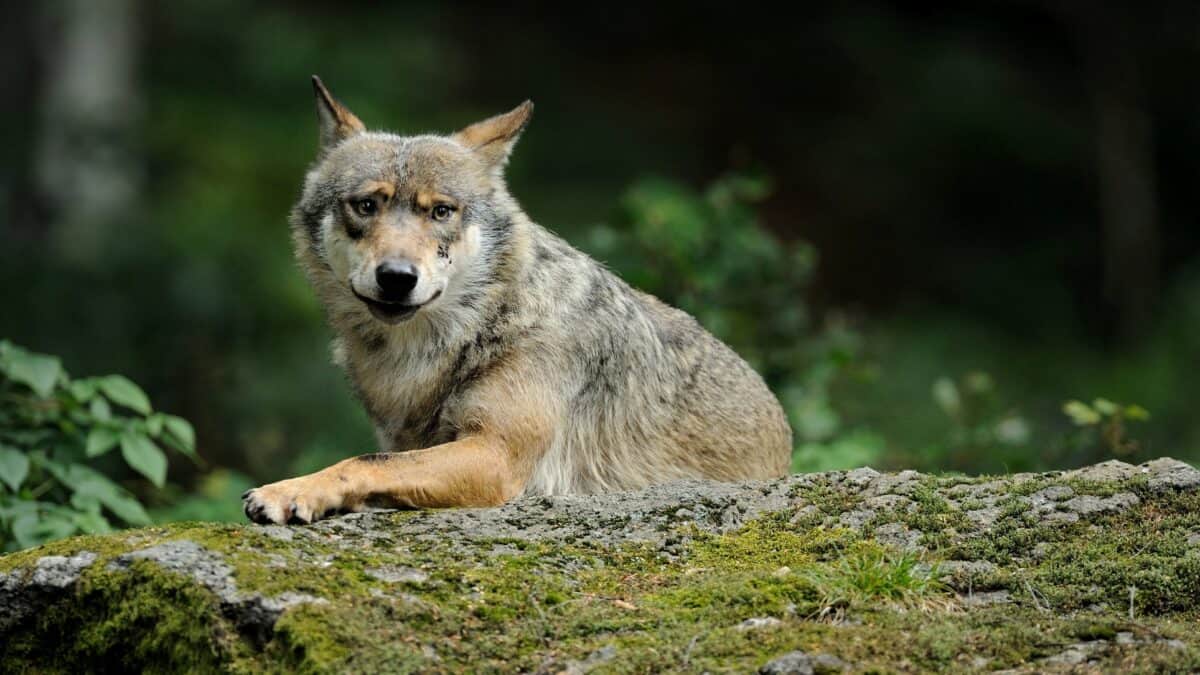
In conclusion, the resurgence of wolves in these 12 states signifies more than just the return of an iconic species; it marks a profound shift toward ecosystem restoration and understanding interconnected natural systems. Wolves, as apex predators, play an indispensable role in maintaining the health of their ecosystems, driving biodiversity, and offering insights into sustainable coexistence with human interests. As we witness these changes, it becomes paramount to support conservation efforts and appropriate management strategies that allow humans and wolves to share the landscape harmoniously.
- 11 Dog Breeds That Rarely Bark - August 22, 2025
- 13 Wild Animals That Only Come Out at Night - August 22, 2025
- 15 Strangest Animal Feeding Habits - August 22, 2025

